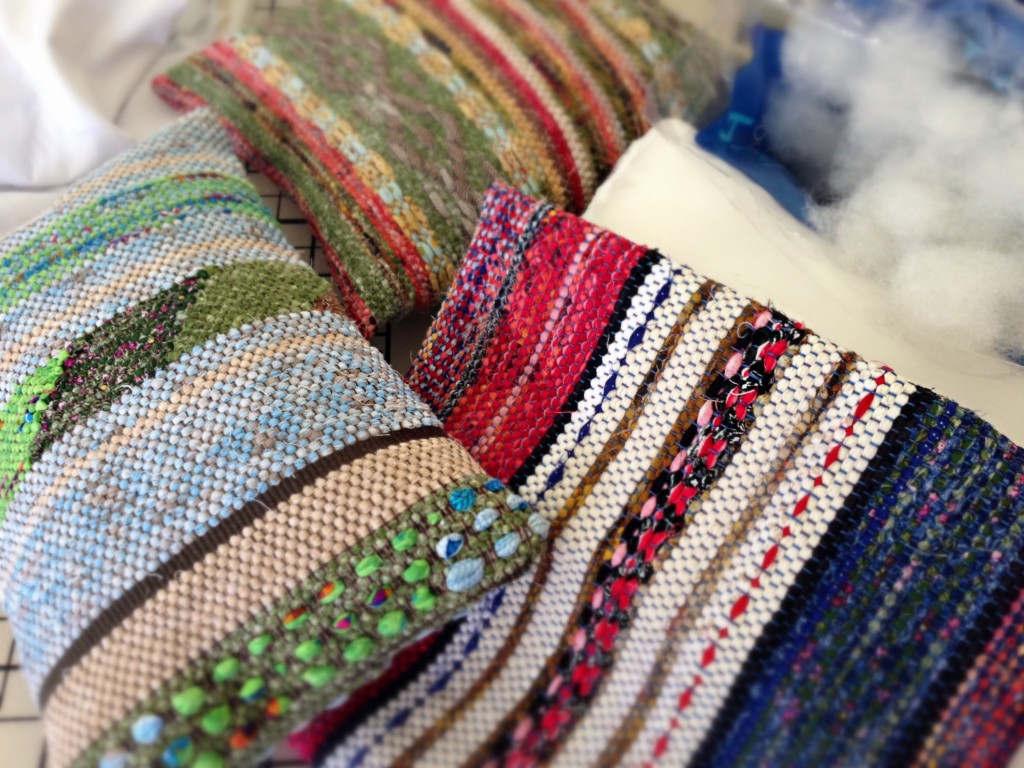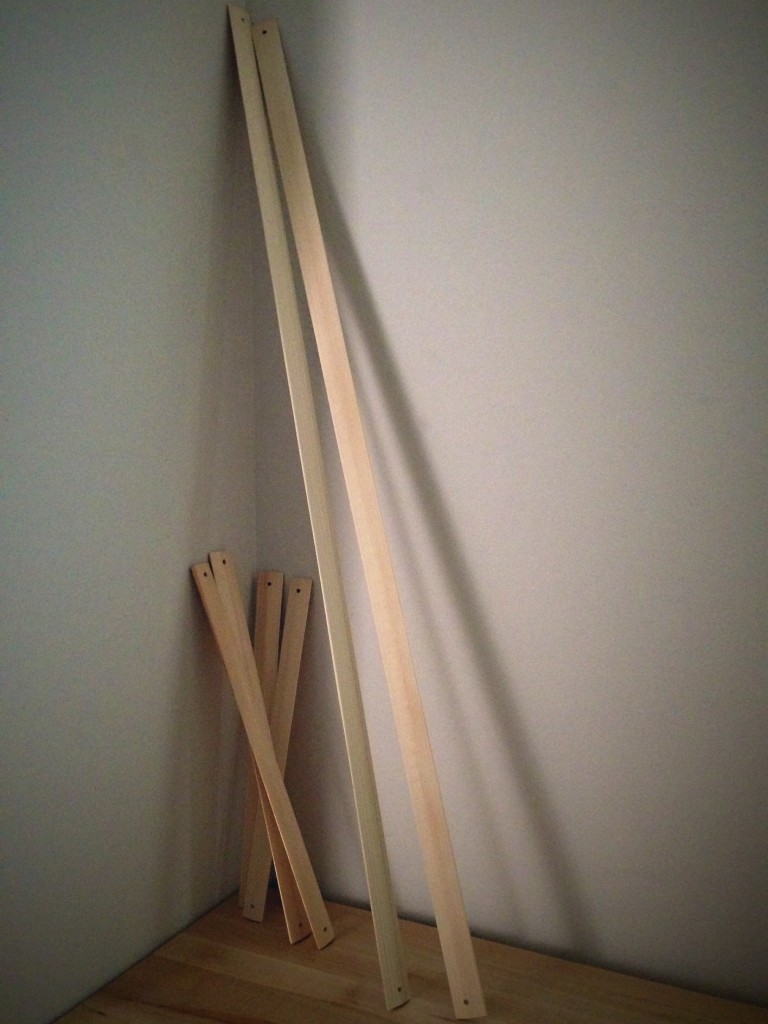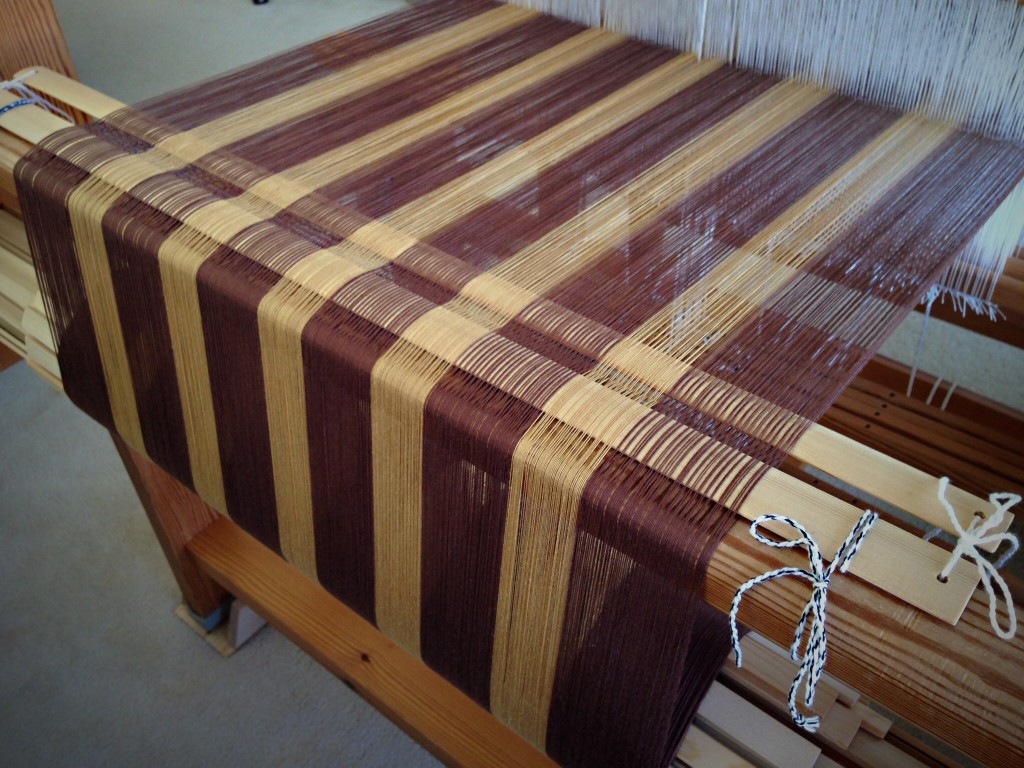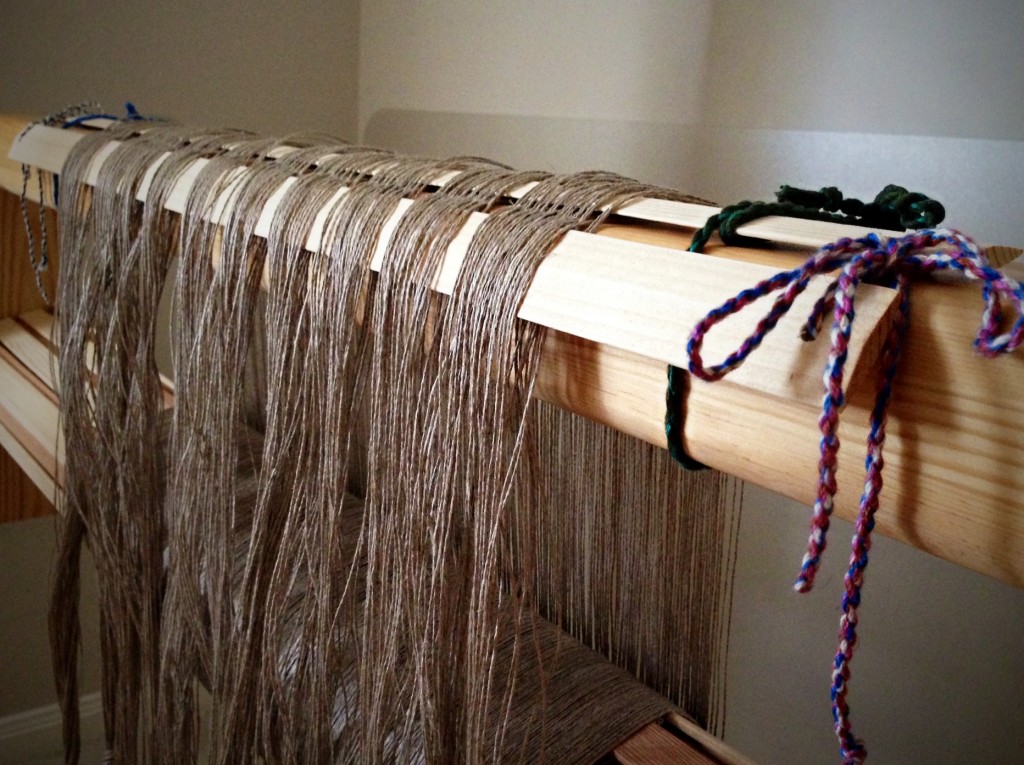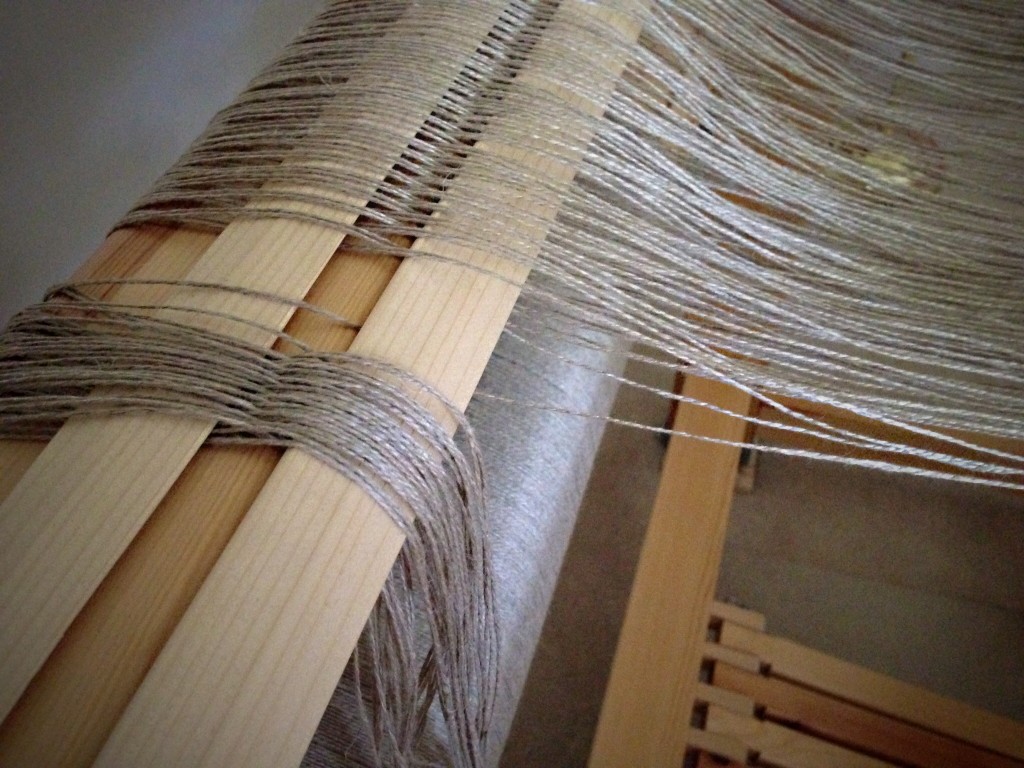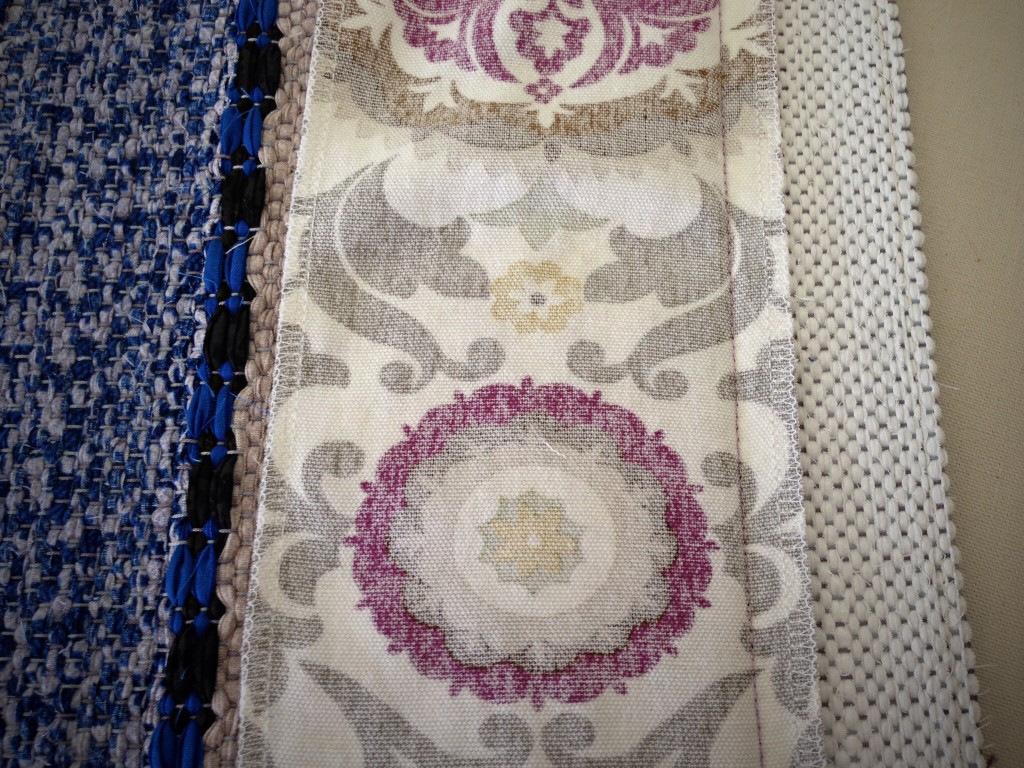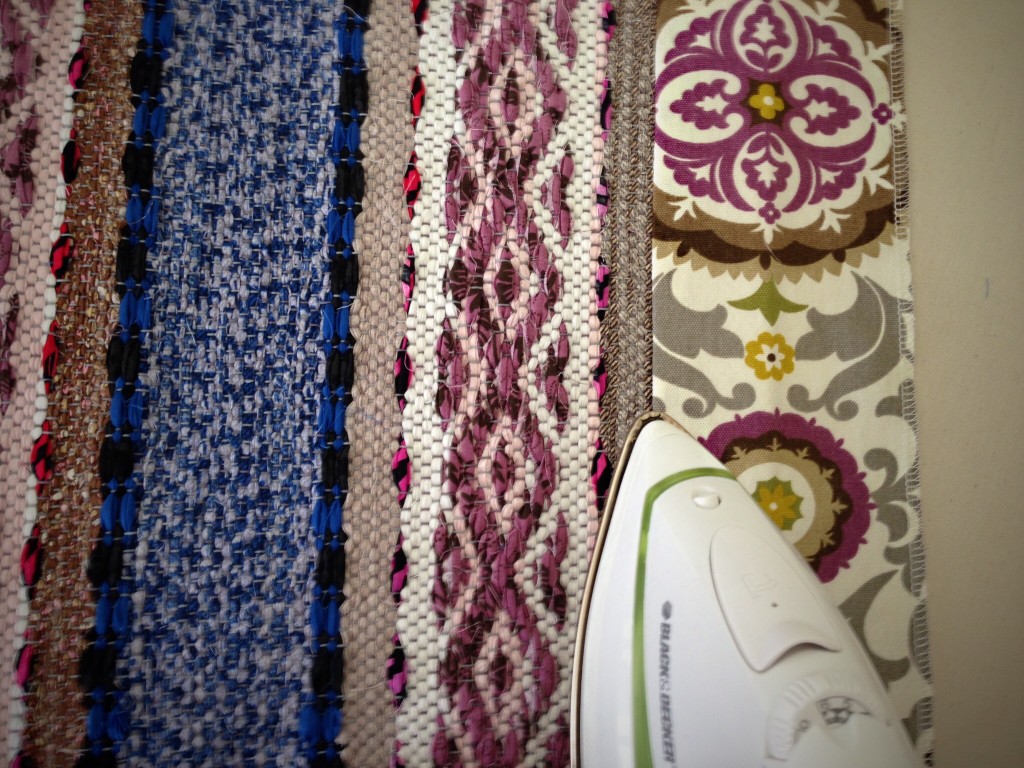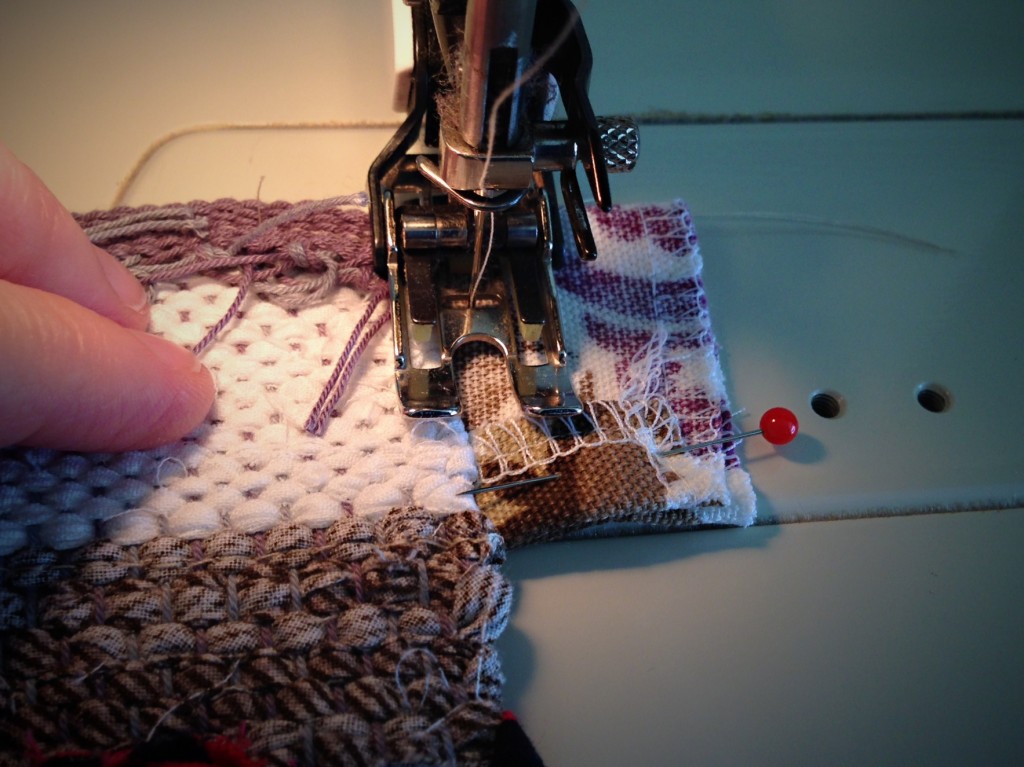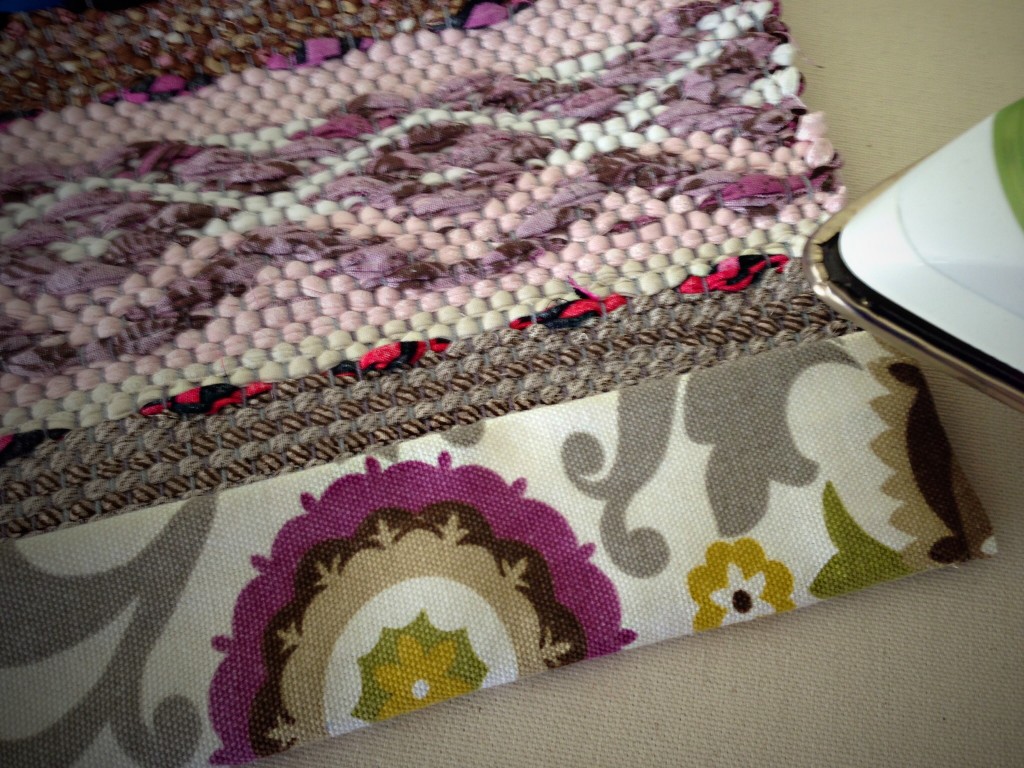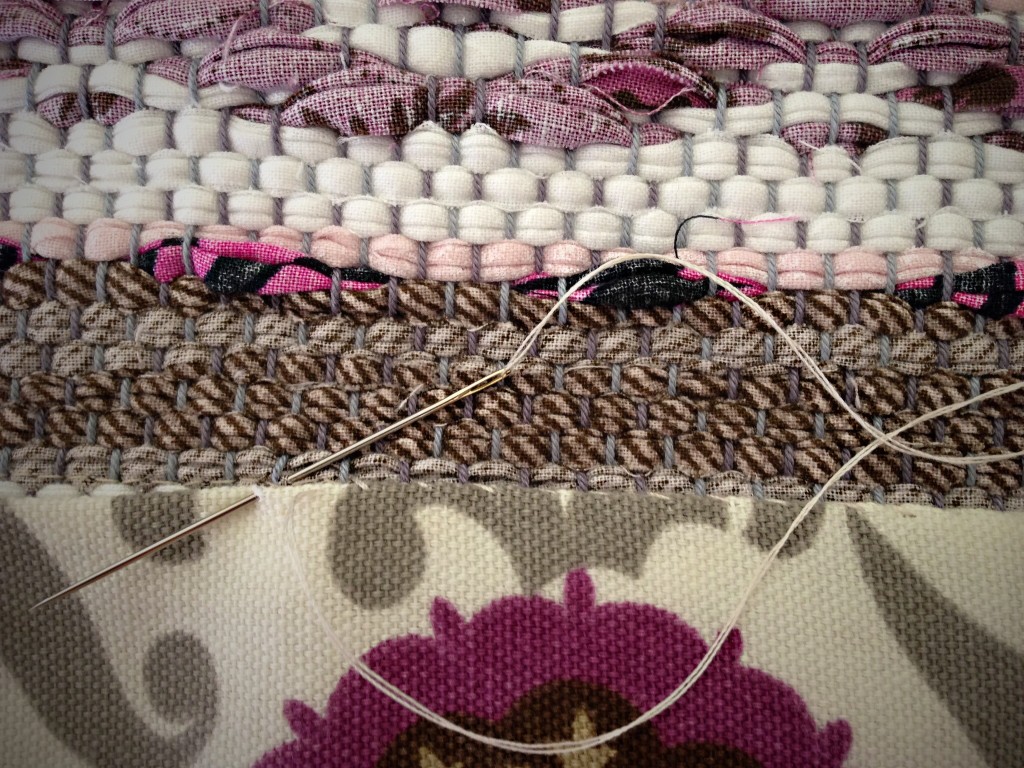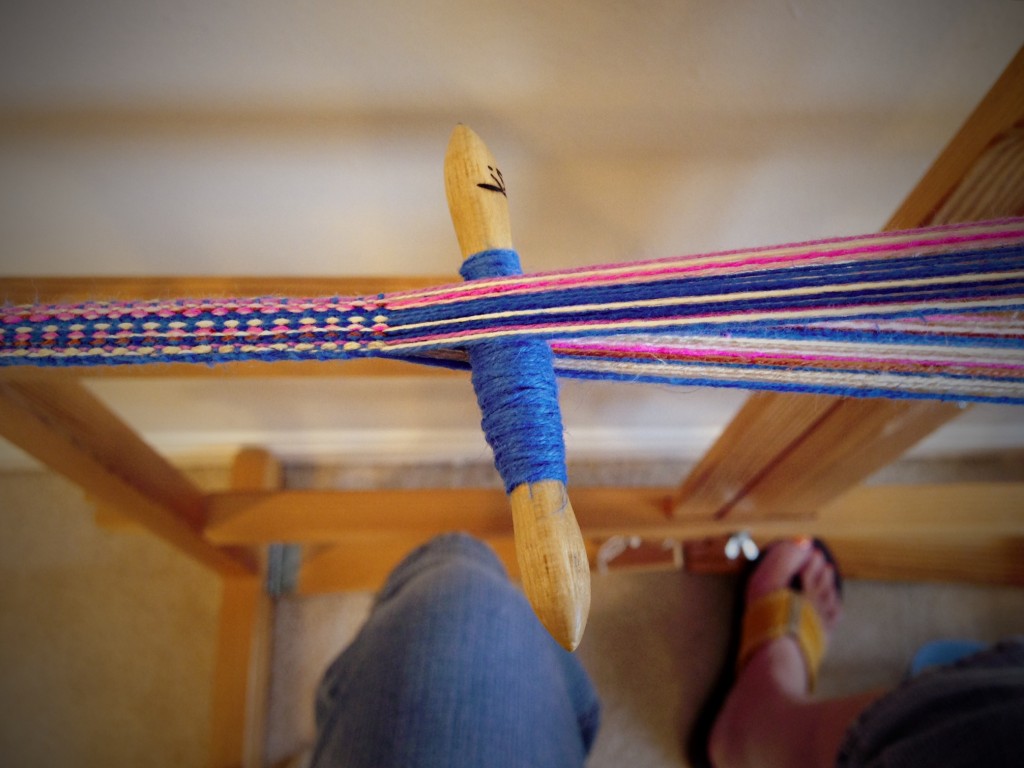It is surprising how much difference this cream color makes. If I use the same gold color for the weft that is in the warp, as I had planned, the gold weft looks harsh across the gold warp. Switching to a weft in a lighter shade tones down the gold in the warp and gives the cloth a softer appearance. It makes sense to use weft colors that enhance the warp, even when it means changing my plans.
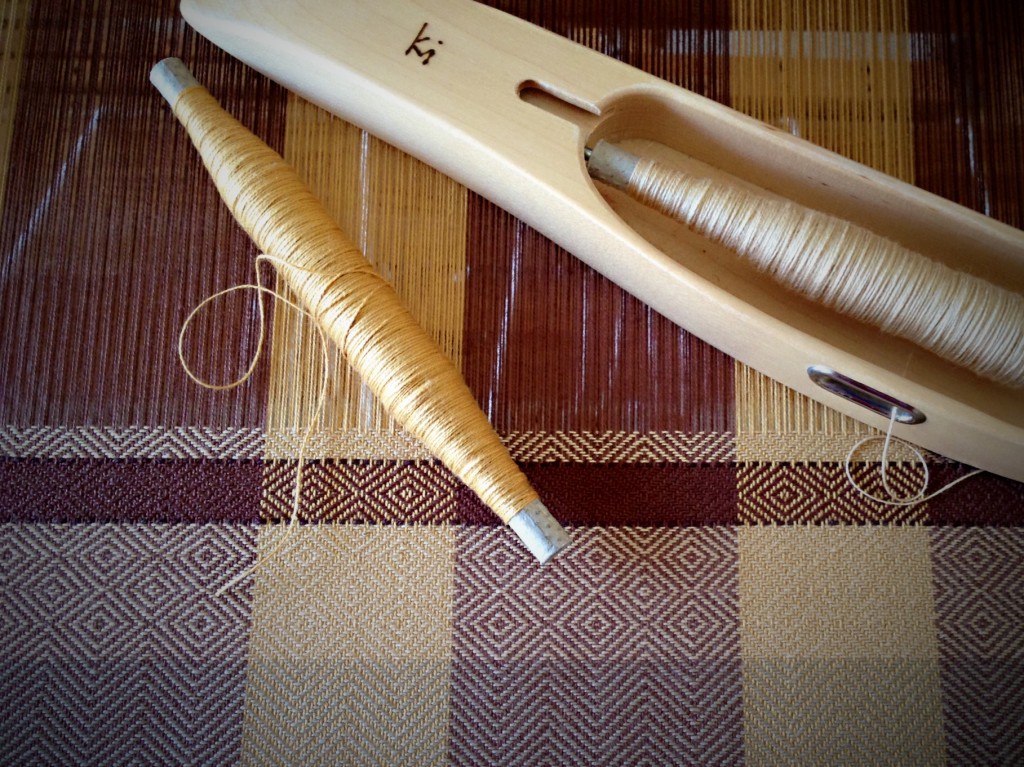
You have the opportunity to create the best outcome for others by adjusting to meet their needs. We get to serve others through the gifts God gives us. You are gifted. Maybe in speaking encouraging words, or in hands-on helping. Whatever your gifts, when you use them to serve others, you are the hands of God’s grace. And that grace may be the color someone else needs to soften their circumstances.
Loving one another means serving, giving God’s grace to each other. That is when relationships flourish, when we adjust our plans to the other person’s advantage. In other words, I choose the weft that makes you look good.
May your gifts bring the best color to your relationships.
Happy Weaving,
Karen

